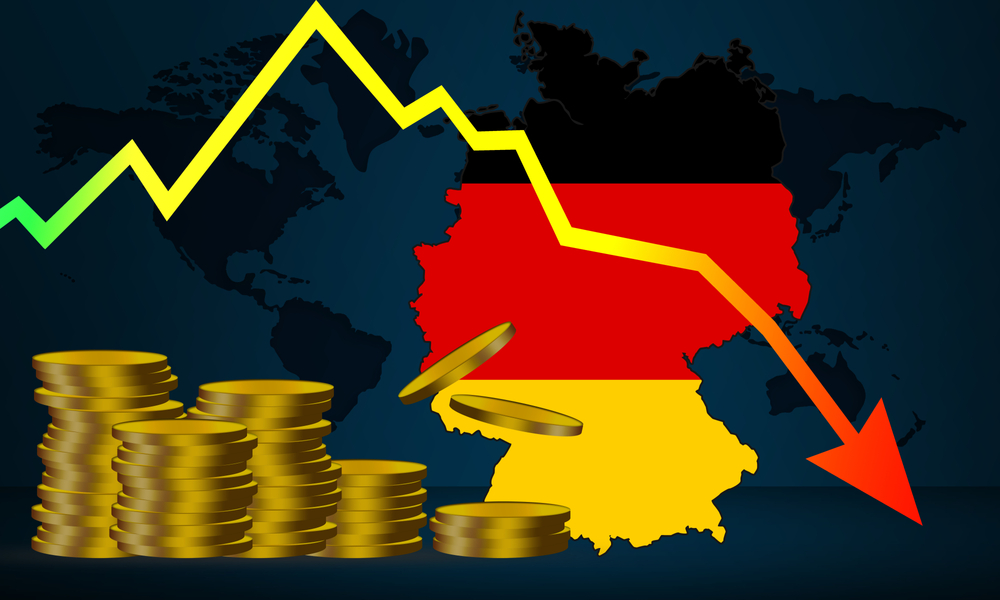The German economy is far more deeply in crisis than official figures suggest. New revisions to gross domestic product reveal that previous estimates were exaggerated. These statistics conceal considerable uncertainty, which should alarm not only experts but also citizens and businesses, as numerous political decisions are based on the official figures.
German economy and questionable statistics
In the spring, GDP fell by 0.3 percent compared to the previous quarter. The Federal Statistical Office had originally published a decline of only 0.1 percent. Retrospectively, the German economy actually shrank by 0.9 percent in 2023 instead of 0.3 percent. For 2024, the forecast is now -0.5 percent instead of -0.2 percent. These discrepancies undervalue the initial reports and make the economic figures unreliable.

Although press releases mentioned “greater uncertainties,” the drastic revisions usually appear quietly months later. The first figure makes headlines, but the revision remains a marginal issue. Critics therefore call it deliberate whitewashing.
Gross domestic product – contradiction between numbers and reality
In nominal terms, GDP actually increased: from €4.195 trillion to €4.219 trillion in 2023, and from €4.305 trillion to €4.329 trillion in 2024. Yet despite this increase, the calculations show weaker growth. The key lies in price adjustment. This is intended to remove inflation from the data. Without it, real growth could not be distinguished from pure price increases.
But precisely this adjustment reveals the limitations of statistics. Depending on assumptions about raw materials, intermediate inputs, or energy, the results tip. For the German economy, this means that the data presented are more constructs than hard facts.
Years of crisis expose uncertainty
The basis for the calculations has massive gaps. Input-output accounts and VAT data are only available long after the initial estimates. As long as these are missing, statisticians resort to old structures. This may be sufficient in stable times. However, in years of crisis with a pandemic, the war in Ukraine, and the energy crisis, all models fall apart.
These factors make it clear that gross domestic product is hardly suitable as a stable measure for the German economy. Estimates replace hard facts – and the revisions demonstrate how inaccurate these values can be in retrospect.
Mathematical tricks increase the decline
Another problem concerns the growth rates themselves. “Always ask: Percent of what?” makes it clear that every percentage can only be understood in relation to its baseline. Since GDP was revised upwards in 2021 and 2022, the slump in 2023 is mathematically more severe. In 2022, growth climbed from 1.4 to 1.8 percent. This makes the 2023 decline appear more significant, even if economic output may have barely changed.
This effect demonstrates how easily numbers can be distorted. Gross domestic product appears accurate, but the basis for its calculations remains fluctuating. For citizens, politicians, and markets, this means that trusting statistics is risky.
Credibility of official figures at risk
Officially, the GDP data is considered an estimate with uncertainties. In reality, however, political decisions and economic forecasts depend on these fragile figures. On average, growth barely changed between 2021 and 2024 – from 1.14 to 1.06 percent. However, in the short term, the revisions significantly influence headlines, sentiment, and political decisions.
The German economy therefore remains at risk of incorrect data leading to incorrect conclusions. In light of the energy crisis, inflation, and geopolitical conflicts, transparency is needed, not number games. Only then can citizens and businesses make informed decisions.
